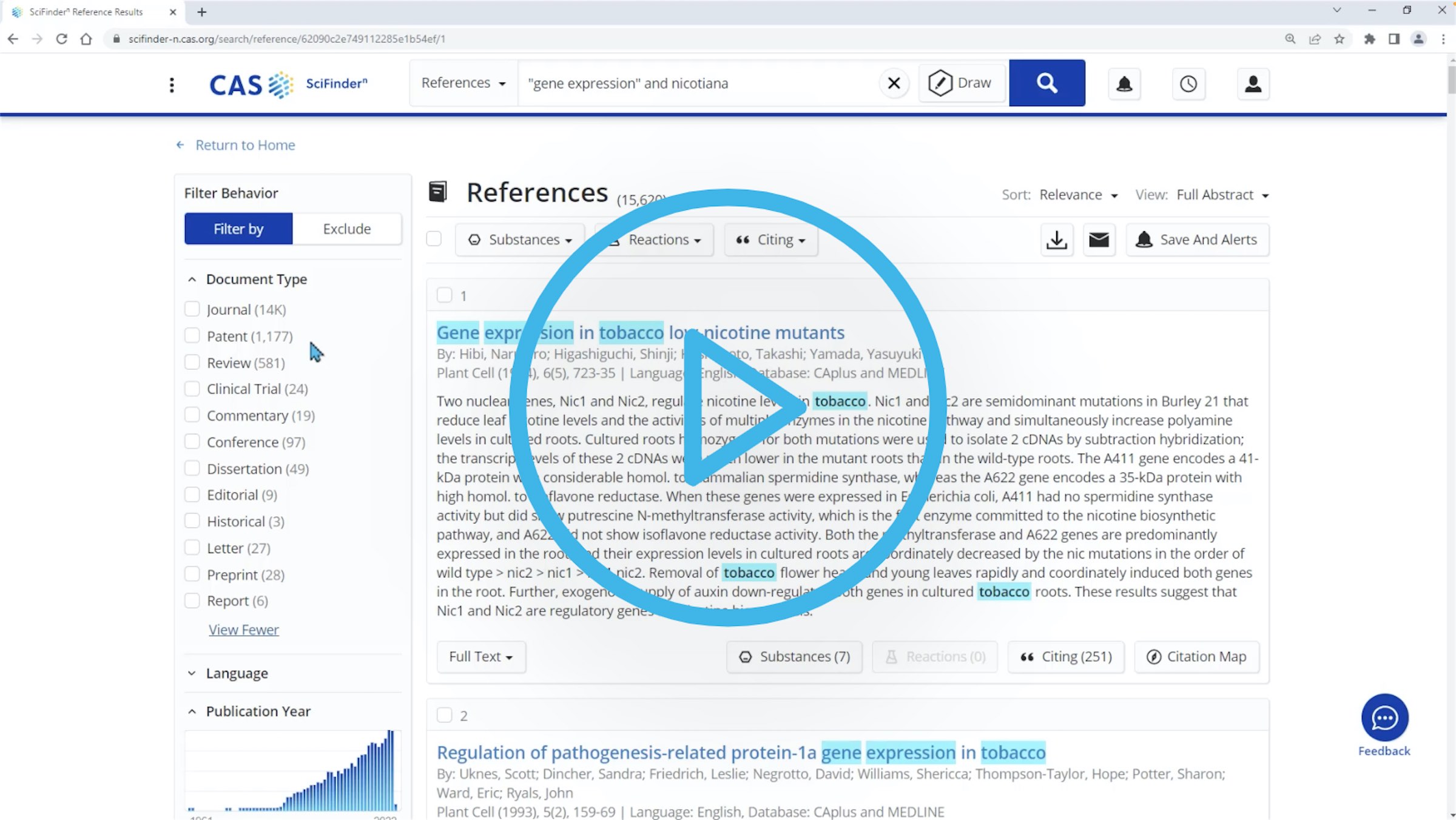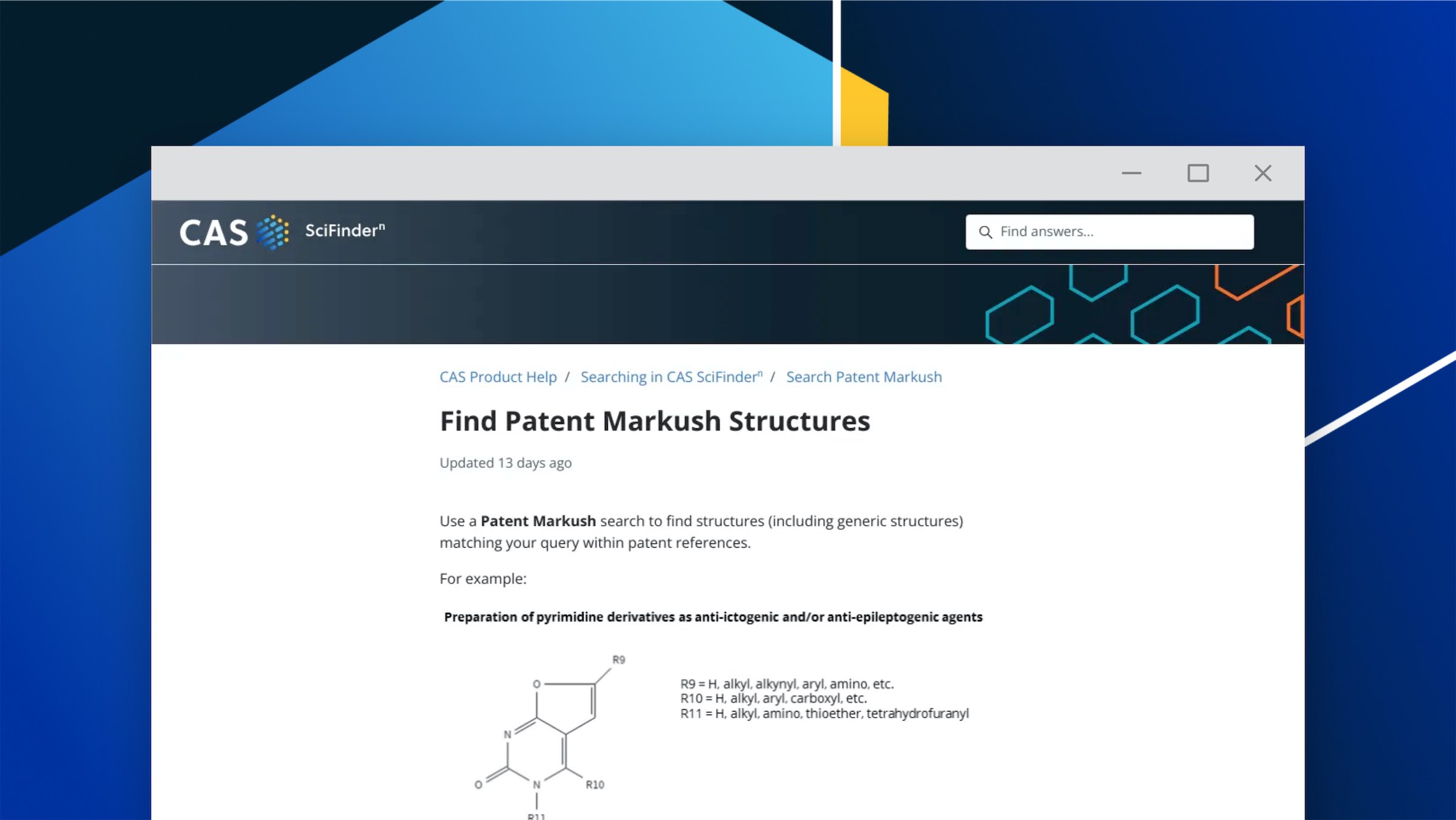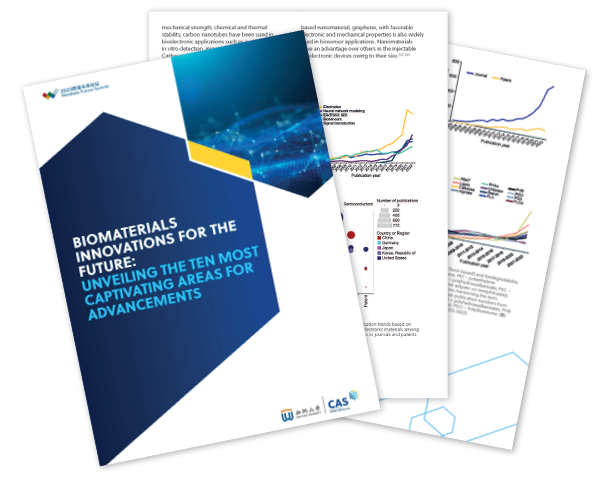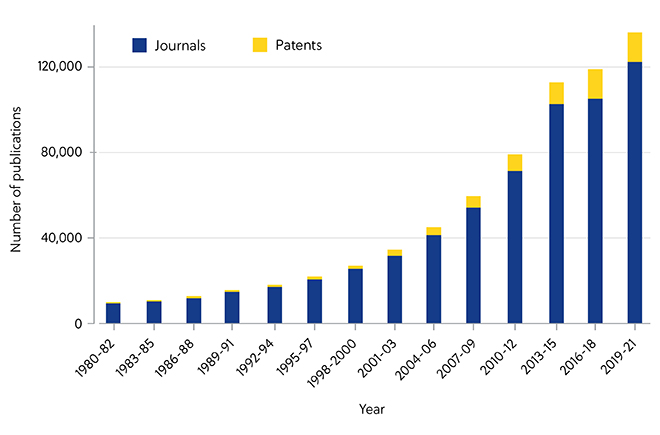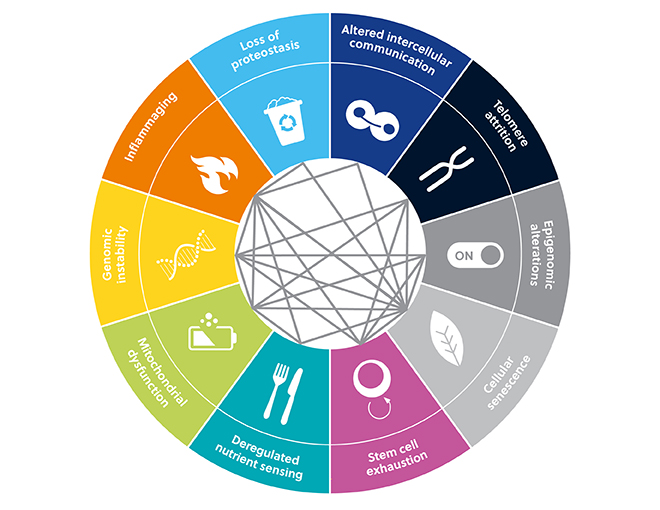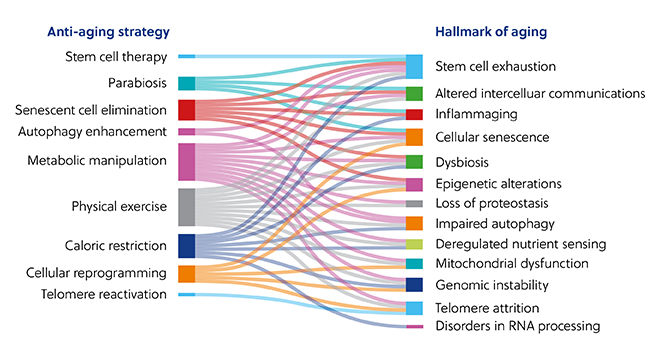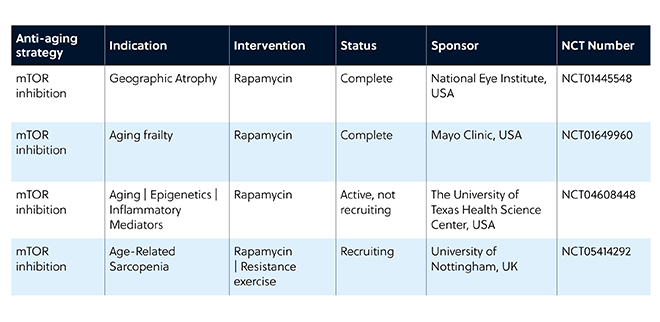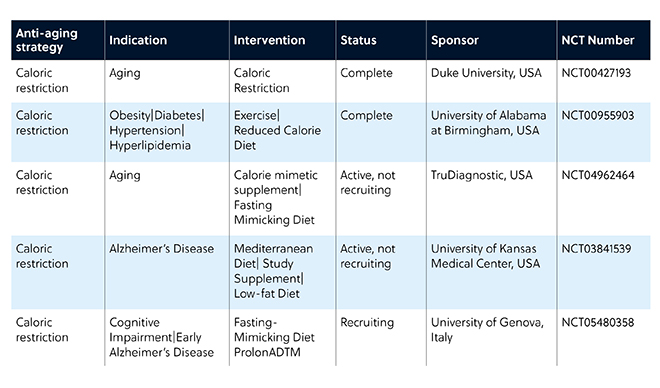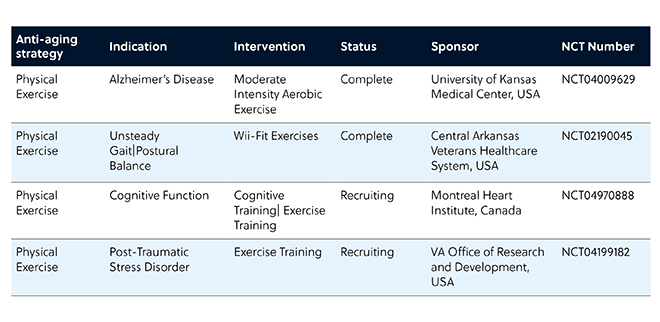
**Updated November 11, 2023**
Recently, the FDA approved the Eli Lilly drug tirzepatide for weight loss (marketed as Zepbound™) that is currently approved for the treatment of type 2 diabetes (marketed as Mounjaro™). Zepbound is the first and only approved treatment activating two incretin hormone receptors, GIP and GLP-1 to tackle an underlying cause of excess weight. For more information on the science behind this emerging class of GLP-1 receptor agonists continue reading our previously published article from July of this year below.
Originally published on July 28, 2023.
Bright green advertisements promoting a weekly weight loss drug, Wegovy, have taken over the subways of New York City. Ozempic graces the headlines with rumors of celebrities hosting Ozempic parties. The newest arrival, Mounjaro, garners social media’s attention, riding the wave of growing global popularity among recently FDA-approved drugs.
Originally designed for the treatment of type 2 diabetes, the GLP-1 receptor agonists Ozempic, Wegovy (both made by Novo Nordisk), and the combination drug, Mounjaro (made by Eli Lilly), have experienced shortages due to increased demand from customers seeking their potential benefits as weight loss medications. Obesity has become a global concern affecting approximately one-third of the world's population and is projected to surpass 50% by 2035. This increases the risk of various diseases, including coronary heart disease, high blood pressure, and type 2 diabetes.
In response to this growing crisis, GLP-1 receptor agonists and their combined potential with GIP analogs and related therapies have emerged as promising treatment options for obesity and its related diseases. Understanding the differences between these scientific approaches and the future of weight loss will be critical as innovation in this field takes a new step forward.
How does the body process sugar and regulate blood glucose levels?
The body has a way of keeping blood sugar in balance. When the body’s blood sugar is low, the alpha cells in the pancreas make the hormone glucagon to notify the liver to make more sugar and release it into the bloodstream. When blood sugar is high, the beta cells in the pancreas produce insulin to help the body use or store the sugar in fat and muscle, as well as the liver and other body tissues.
Gastric inhibitory polypeptide (GIP) and glucagon-like peptide-1 (GLP-1), two hormones secreted from the intestines, are important in obesity and diabetes as they play crucial roles in regulating insulin production. Insulin is necessary as it keeps blood sugar levels in balance. When the body’s blood sugar is low, the alpha cells in the pancreas make the hormone glucagon to signal the liver to make more sugar. When blood sugar is high, the beta cells in the pancreas produce insulin to help the body use or store energy.
GIP stimulates the production of both insulin and glucagon and protects the insulin-producing cells from cell death while promoting their proliferation. GLP-1 stimulates insulin release from the pancreas while inhibiting glucagon release.
How can obesity be managed by drugs?
To date, there are several types of drugs for managing both diabetes and obesity. GLP-1 receptor agonists, such as semaglutide (sold under the brand names Ozempic and Wegovy), activate the production of insulin by mimicking the actions of GLP-1. Tirzepatide (brand name Mounjaro) combines GLP-1 receptor agonists and GIP analogs. The GLP-1 receptor agonists bind to glucagon-like peptide-1 receptors in cells, while GIP analogs mimic the function of GIP, both stimulating the production of insulin. More recently, a new drug emerged, retatrutide, a GIP, GLP-1, and glucagon agonist with promising results in early clinical trials.
Below is a summary of the drugs and GLP-1 receptor agonists being considered for weight loss.
1. GLP-1 receptor agonists such as semaglutide (Wegovy, Ozempic)
2. Combination approaches
a. GLP-1 and GIP receptor agonists such as tirzepatide (Mounjaro)
b. GLP-1, GIP, and glucagon receptor agonists such as retatrutide
The science behind these weight loss drugs
Activating GLP-1 and GIP receptors increases the body’s glucose and lipid metabolism. This reduces appetite and digestion rates while enhancing the ability to reduce adiposity and lower the risk of obesity-related diseases. Major effects include:
- Insulin secretion: GLP-1 and GIP can stimulate insulin release from pancreatic beta cells when blood sugar is high. This helps lower blood sugar levels.
- Glucagon secretion: GLP-1 can inhibit glucagon release from pancreatic alpha cells when blood sugar is low.
- Gastric emptying: GLP-1 and GIP can slow down the movement of food from the stomach to the intestine. This helps reduce appetite and calorie intake by making people feel full longer.
- Appetite regulation: GLP-1 and GIP can affect brain regions that control hunger and satiety signals. This helps reduce appetite and food intake by making people feel less hungry and more satisfied.
The importance of combination approaches
A significant factor to consider in combination therapy is synergy. Synergy is when the effect of combining multiple drugs is greater than the sum of the individual effects of each drug. The importance of combining GLP-1 receptor agonists and GIP analogs in medication is that both molecular pathways are affected, rather than just one of the two primary hormones. In monotherapy drugs, such as semaglutides, it has been found in human and mouse trials that tolerance develops to some of the drug’s effects. Combination therapy helps prevent the body from building tolerance to the effects of drugs as multiple pathways are targeted. Another factor to consider in combination therapy is dosing. Combination drugs have the potential for smaller doses of each individual drug, therefore avoiding certain side effects.
What do clinical trials and real-world results look like?
Several clinical trials have shown that GLP-1 receptor agonist drugs and GIP/GLP-1 receptor agonist combination drugs can cause significant weight loss in people with diabetes and/or obesity compared to placebo or other treatments.
Notable studies published in The New England Journal of Medicine have highlighted the efficacy of semaglutide and tirzepatide. In a double-blind study involving 1961 participants, 2.4 mg of semaglutide, paired with diet and exercise, resulted in half of the participants losing 15% of their body weight, while one-third of participants lost 20% in a 68-week period. In contrast, the placebo group, which only made lifestyle changes, experienced a weight loss of 2.4%. In another study with 2539 participants, tirzepatide at doses of 5 mg, 10 mg, and 15 mg, combined with lifestyle interventions, led to a reduction in body weight of 25% or more for 15%, 32%, and 36% of participants, respectively. Only 1.5% of the lifestyle intervention group saw a reduction in body weight.
Studies comparing tirzepatide and semaglutide for patients with type 2 diabetes have shown tirzepatide was superior as 82 – 86% of patients on the medication had a decrease in the glycated hemoglobin level to less than 7% compared to the 79% of those on semaglutide.
Moreover, there seems to be a further noteworthy impact observed in drugs that combine targets such as GLP-1, GIP, and glucagon. Recent findings from Eli Lilly’s Phase 2 clinical trials reveal that individuals achieved an average weight loss of approximately 24%. If larger Phase 3 clinical trials substantiate these outcomes, it has the potential to significantly enhance Eli Lilly’s expanding portfolio of weight loss drugs.
The popularity and impact of GLP-1 receptor agonists and GIP-based therapies
Ozempic, sensationalized by the media, has witnessed a surge in prescriptions in the United States. In the last year, Ozempic prescriptions have increased by 111%, and, since its approval in 2017, is the leading drug in the type 2 diabetes market (Figure 1). While primarily prescribed for type 2 diabetes, Ozempic has also been used for chronic weight management due to the shortage of Wegovy until 2023.
Tirzepatide, approved in the United States in May 2022 under the brand name Mounjaro, contributed to Eli Lilly’s revenue of $537.6 million during the first quarter of 2023. As the medication receives U.S. FDA Fast Track designation for the treatment of obesity management, this drug is expected to compete alongside its semaglutide counterparts.
Journal publication trends and patent analysis
A search in the CAS Content Collection for semaglutide-related publications showed that journals more than doubled between 2019 to 2022. Patents related to semaglutide have also increased, from 2 in 2011 to 109 in 2022. More publications are expected to arise as the popularity of semaglutides attracts more research, particularly in weight loss management.
Tirzepatide, being a newer drug, has seen fewer publications in the last decade according to the CAS Content Collection. However, there has been an increase in journal publications from 34 in 2021 to 72 in 2022. Patents related to tirzepatide have also increased during this period. As tirzepatide completes more trials and gains FDA approval for weight loss management, a surge of publications is expected.
Pipeline analysis
The development of new drugs for diabetes and weight loss is an active area of research, with several promising candidates in various stages of clinical trials Novo Nordisk has oral semaglutide medications in its pipeline. OW ral semaglutide is still in Phase 1 and 25 mg and 50 mg semaglutide for diabetes management is in Phase 3. Additionally, there are ongoing Phase 2 trials for an oral GLP-1/GIP combination treatment for diabetes. Tirzepatide is currently in Phase 2 trials for nonalcoholic steatohepatitis (NASH) treatments and Phase 3 trials for heart failure with preserved ejection fraction (HFpEF), obstructive sleep apnea, morbidity and mortality in obesity, and cardiovascular outcomes. With its fast-track designation for chronic obesity treatment, tirzepatide is nearing regulatory approval. Eli Lilly also has a GIP/GLP coagonist peptide in Phase 1 trials for diabetes treatment.
Future landscape
As the prevalence of obesity and type 2 diabetes continues to rise globally, GLP-1 receptor agonists and GIP-based therapies show promise with an increase in publications and pipeline developments. Their success and impact can be seen in the increasing number of prescriptions and positive results reported in clinical trials. The next frontier in weight loss management will be in combination therapies including current medications like Mounjaro and early trials of retatrutide. By utilizing the body’s natural hormone responses, these medications not only provide a novel approach to weight loss and metabolic control but could lead to other disease treatments. To learn more about emerging therapeutics and key advancements, explore our in-depth Insight Reports on RNA therapeutics, exosomes, lipid nanoparticles, and more.
Gain new perspectives for faster progress directly to your inbox.

